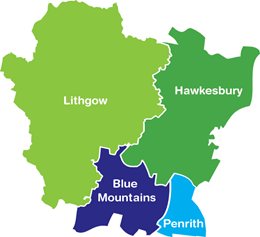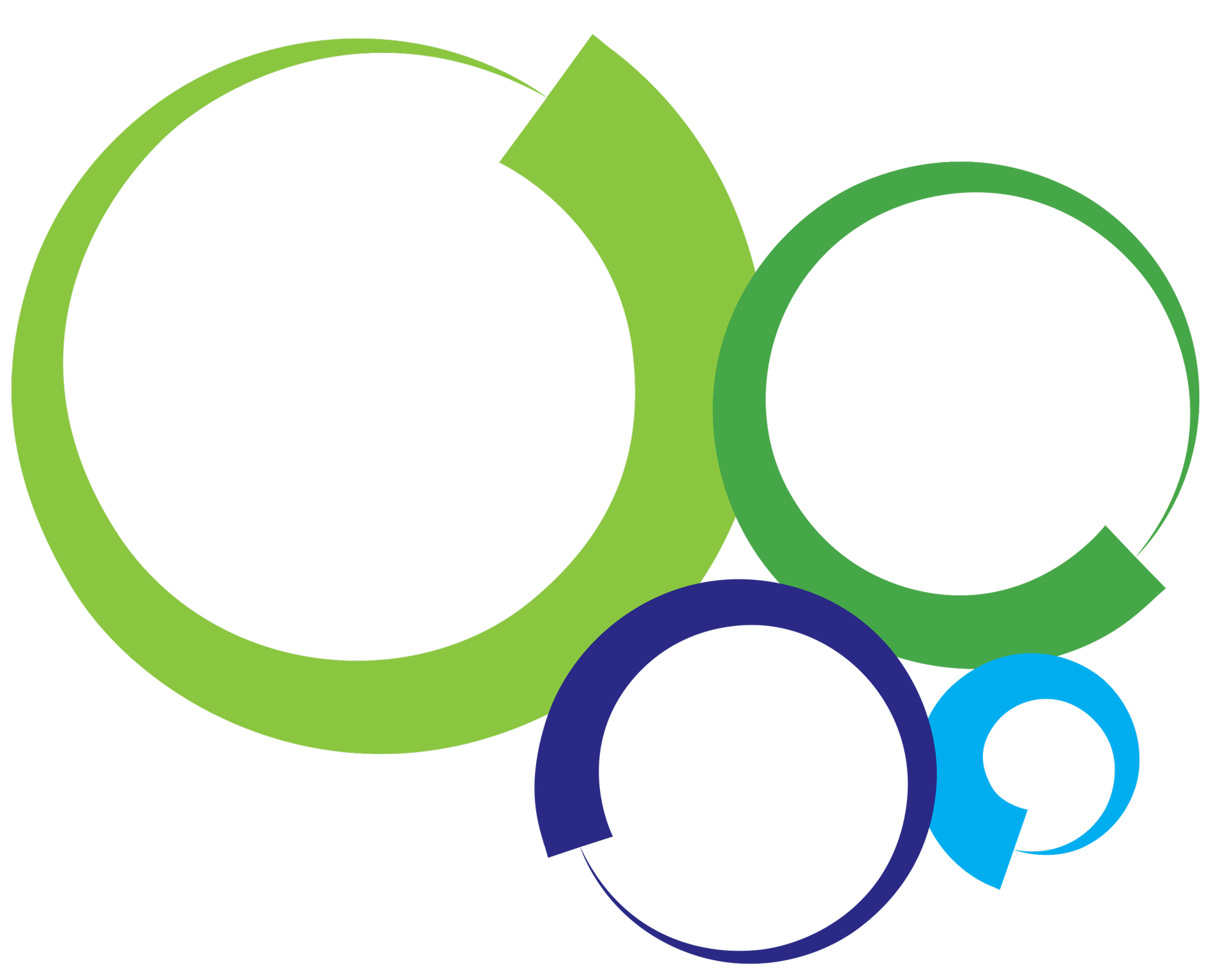Health in our Region
Our region spans the Blue Mountains, Hawkesbury, Lithgow and Penrith Local Government Areas (LGAs).
Each of these LGAs has a unique geography, residential and business culture, employment and socio‐economic demographics. The region is comprised of urban, semi-rural and rural areas, covering almost 9,179 square kilometres and spans from St Marys in the East to Portland in the West.
At A Glance
We support the primary healthcare needs of over 360,000 people across the Blue Mountains, Hawkesbury, Lithgow and Penrith. Some of our health statistics are:
- Our region is one of the fastest growing regions in NSW with the population estimated to grow to 452,747 by 2041.
|
- 6% of people identify as Aboriginal and Torres Strait Islander, out of the total population, 7.78% is in Lithgow, 4.84% in Hawkesbury, 5% in Penrith and 2.69% in Blue Mountains LGAs.
|
- 19.7% of people are born overseas, out of the total population, 23.3% are in Penrith, 17.4% in Blue Mountains, 13.3% in Hawkesbury and 10.1% in Lithgow LGAs.
|
- Almost half of our population do not get enough physical activity.
|
- 72% of males and 60% of females are overweight or obese.
|
- 16% of the population are aged 65 years and older. Dementia and alzheimer’s are the second leading cause of death in the region.
|
- 91% of adults consume less vegetables than recommended in national dietary guidelines.
|
- 14% of adults in the region report that they currently smoke.
|
- Chronic conditions greatly impact a person’s quality of life and life expectancy. In our region Chronic Obstructive Pulmonary Disease (COPD), diabetes, congestive heart failure and asthma are a high concern.
|
- There is an increasing need for end-of-life care and the services that will allow people to die in their place of choice.
|
- Around one in ten people report high to very high levels of psychological distress. Hospitalisations due to self-harm for young people are higher than the state average.
|
- Death due to self-harm is higher than the state average.
|
- Social and geographical isolation is major factor excluding people from community participation and is contributing to poorer mental health.
|
- Consumers report that social isolation and mental health issues have increased due to the COVID-19 pandemic.
|
- There is an increasing need for alcohol and drug services.
|
- There are 132 general practices, 84 community pharmacies and 1608 individual allied health professionals.
|
- Nepean Blue Mountains residents report experiencing barriers to accessing primary healthcare services, including transportation, accessing a GP for urgent medical care and GP appointment and wait time.
|
- There has been a recent introduction of several digital health technologies such as electronic prescribing (eScript) and the use of telehealth video consultations.
|
- Our consumer groups identified health related issues for our region such as reliable transport to health services, Aboriginal & Torres Strait Islander peoples health, GP shortages, affordable housing, access to psychiatrists, availability of LGBTIQ inclusive services, aged care and nursing home place availability.
|
- Over the last ten years, our region has been greatly impacted by natural disasters. The region has been affected by major bushfires (2013 and 2019/2020), snowstorms (2014) and major flooding (2020, 2021 and 2022). During these events, lives were lost, thousands of homes were damaged or destroyed with significant local infrastructure and industries affected.
|
- A prevailing and dominant concern of significance impacting health and service needs within the Nepean Blue Mountain region over the last 36 months has been the COVID-19 pandemic. Service priorities have had to be re-directed to COVID-19 responses by all sectors of the health system especially with screening, testing and vaccination of the Nepean Blue Mountain local population.
|






